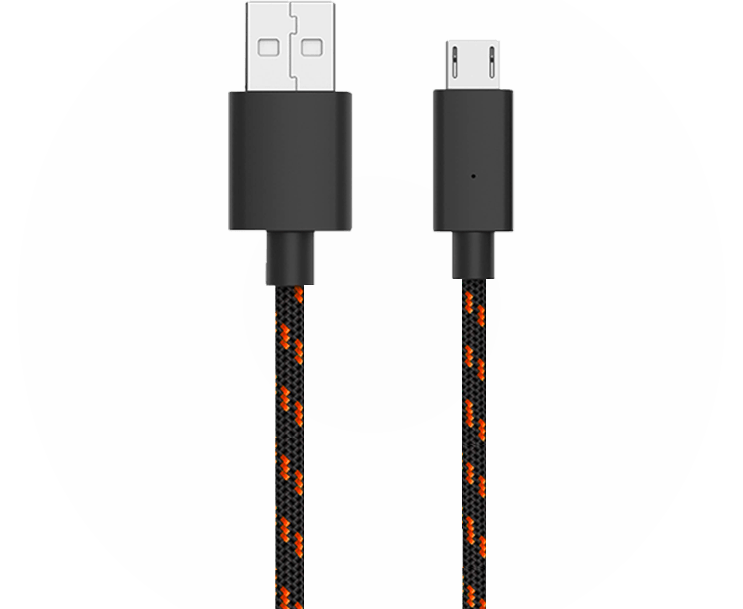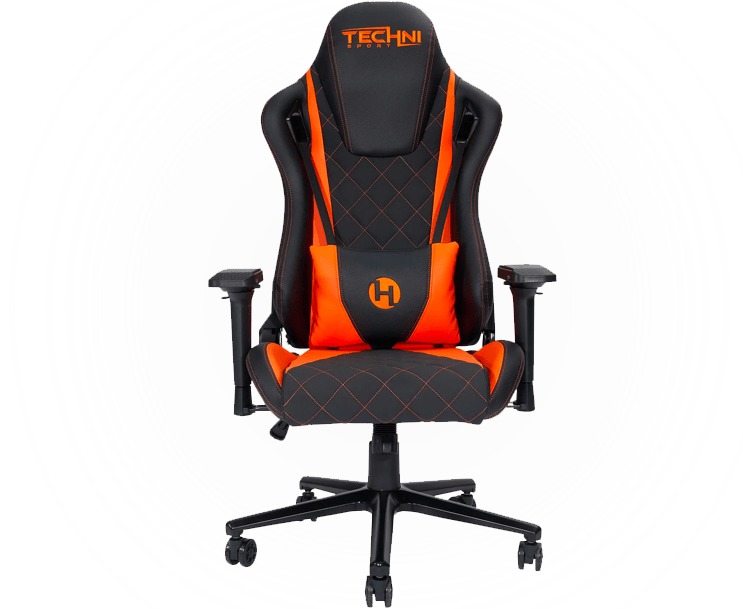Gamers are constantly on the lookout for ways to enhance their gaming experience, from high-definition graphics to immersive sound effects. Recently, anti-vibration features have emerged as a popular addition to gaming setups. But are they truly necessary for every gamer, or are they just another trend? This blog aims to explore the pros and cons of anti-vibration features to help you make an informed decision.
Understanding Anti Vibration Features
Anti-vibration features are designed to minimize the vibration and noise produced by gaming equipment. They can include padded mats, vibration-dampening materials, or even specially designed desks. These features help create a more stable and comfortable gaming environment.
The concept behind anti-vibration technology is quite simple: reduce unwanted movements caused by intense gaming actions. Many gamers find that these ergonomic solutions enhance their comfort during long gaming sessions. Companies often utilize high-density foam or rubber components which absorb most of the shock and vibration, ensuring that gamers can maintain focus on their virtual worlds without unnecessary disruption.
Moreover, the development of anti-vibration desks and stands is rooted in providing a seamless gaming experience. By adopting these features, gamers can prevent any jitteriness or movement in their screens or accessories, maintaining the realism that high-end games strive to achieve. The overall enhancement in gaming realism through minimal disturbances is a significant value proposition for many enthusiasts.
The Benefits of Using Anti Vibration Features
For gamers who experience constant vibrations affecting their gameplay, anti-vibration features can be a game changer. Benefits include reduced noise levels, increased stability of gaming gear, and prevention of minor damages caused by vibrations over time.
The quieter atmosphere facilitated by these features can significantly enhance focus and immersion. Imagine being mid-game and deeply immersed without the intermittent clattering noises of keyboards or controllers — such tranquility allows players to fully engage with the game’s storyline and mechanics.
Stability of gaming gear is another major boon. Whether it’s a desktop or a console setup, ensuring that all equipment remains steadfast reduces the risk of accidental falls or displacements. This stability not only protects your devices but also potentially extends their lifespan since less wear and tear occurs from ongoing vibrations.
Additionally, vibration control can decrease wear on furniture and electronics alike, providing an often understated economic benefit. Lesser need for repairs and replacements in turn can result in long-term cost savings, adding to the justification for investing in these features.
Do All Gamers Need Them?
The necessity of anti-vibration features largely depends on individual needs. Casual gamers may not feel the need for them, while competitive gamers might find them essential for maintaining focus and cleanliness in their gaming area.
For those invested in competitive play, having every advantage—no matter how small—can mean the difference between victory and defeat. This is where anti-vibration features can come into play. They provide the stability needed to hone in on split-second reactions, without distractions from buzzing or swaying equipment.
However, for gamers who play more sporadically or for short periods, the benefits may not justify the investment. In such cases, players might prefer to allocate their resources towards other enhancements like improved graphics cards or larger monitors, which might deliver a more noticeable improvement in their gaming experience.
Evaluating Your Setup and Needs
Take a close look at your gaming environment. If your current setup leads to distractions or discomfort due to vibrations, investing in anti-vibration features could be worthwhile. However, if your gaming is unaffected, it may not be necessary to make this investment.
Assess the type of games you play. Games with high-intensity action sequences might benefit more from vibration damping as they tend to generate more abrupt movements that can affect equipment stability. On the other hand, players who engage in strategy or puzzle games might not see as much use for these features.
Consider whether you share your living space. If you live in a shared household, quieter gaming setups can also benefit others’ comfort—a practical bonus that accompanies the personal gains from such features.
Considering the Cost Factor
Budget plays a crucial role in determining the need for anti-vibration features. They can sometimes be an added expense, and it’s important to weigh the cost against the potential benefits they offer to your specific gaming needs.
While high-end anti-vibration setups can be pricey, there are always more affordable alternatives available to try before making a full commitment. DIY solutions like crafted foam pads or even considering used equipment can lower initial costs significantly.
It’s also pivotal to consider this investment in the context of long-term gains. While up-front expenditure might seem substantial, the reduction in potential repairs for your gaming gear or productivity losses during intense sessions might make it a worthy expense.
As you contemplate your options, keep an open mind about the potential for upgrading gradually as your budget allows, enabling continual improvements without overextending financially.
Final Thoughts on Anti Vibration Features in Gaming
In conclusion, while anti-vibration features can enhance gaming experience by reducing noise and preventing wear and tear on equipment, they may not be essential for every gamer. Whether or not they are necessary depends on your personal gaming style, budget, and comfort needs. Consider your own setup and priorities before making a decision.















